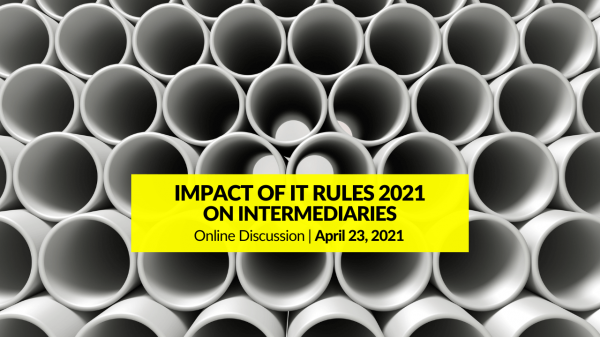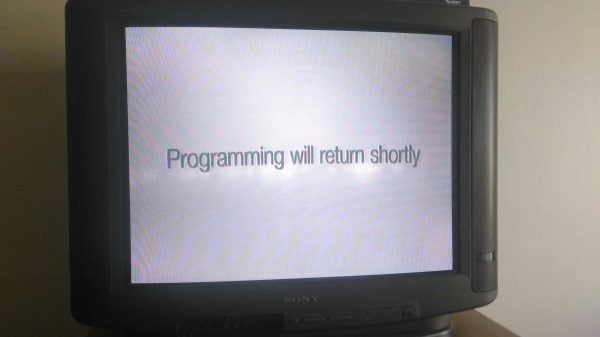The Internet and Mobile Association of India on April 9 prepared a “final” list of concerns that Online Curated Content Platforms like Netflix and Hotstar had on the Information Technology (Intermediary Guidelines and Digital Media Ethics code) Rules, 2021. Streaming services, the largest of whom are members of IAMAI’s Digital Entertainment Committee, have largely been silent on the code. But the list of concerns prepared by the industry association indicates that, some wrinkles aside, they will largely comply. IAMAI couldn’t be reached immediately for comment.
The Intermediary Rules require streaming platforms to submit to a three-tier complaints mechanism (tier 1: the company itself; tier 2: a self-regulatory body [SRB] instituted by the industry; and tier 3: an inter-departmental committee [IDC] of the central government) and take down content when ordered by the government. Here are the IAMAI’s main problems with the Rules as per the document we obtained:
- Timelines not sufficient: The IAMAI complained that requiring streaming services to comply with all requirements under the Rules was too burdensome considering the logistical challenges, and asked for the following time extensions: 3 months for appointing a grievance officer and joining the SRB, one year for implementing parental controls, and six months for other obligations such as content descriptors.
- Parallel criminal action: Like FICCI, the IAMAI raised the concern of parallel criminal actions that might be taken against online content, such as police complaints, in spite of the Rules’ existence. There must be a clarification, IAMAI argued, that parallel criminal action against TV shows or films online won’t be pursued when a complaint is going through the three tier system. The IAMAI argued that police officers should be made aware of the three tier system, and even if they allow FIRs to be filed, no coercive action should be taken and the complaints should be referred to the Ministry of Information & Broadcasting, which should then refer the complaint down to tier 1, i.e., the individual streaming service.
- IDC shouldn’t get complaints directly: The IAMAI argued that the tier 3 government-run IDC shouldn’t get complaint referrals directly from the I&B Ministry, and these should instead work their way up the 3 tier system, failing which the point of self-regulation would be undermined.
- No charter prescription: The IAMAI argued that the prescription of a charter for the SRBs was not necessary, and that the details of the workings of the self-regulatory bodies was already detailed well enough in the Rules. The rights to prepare a charter should be left to streaming services, the IAMAI argued.
Some language is identical to the submission of the Federation of Indian Chambers of Commerce and Industry, which you can read about here.
Also read














